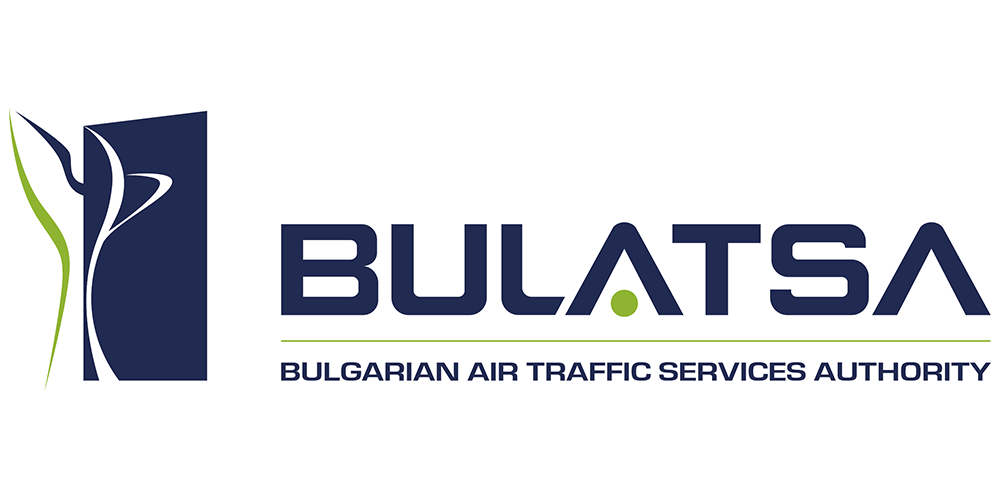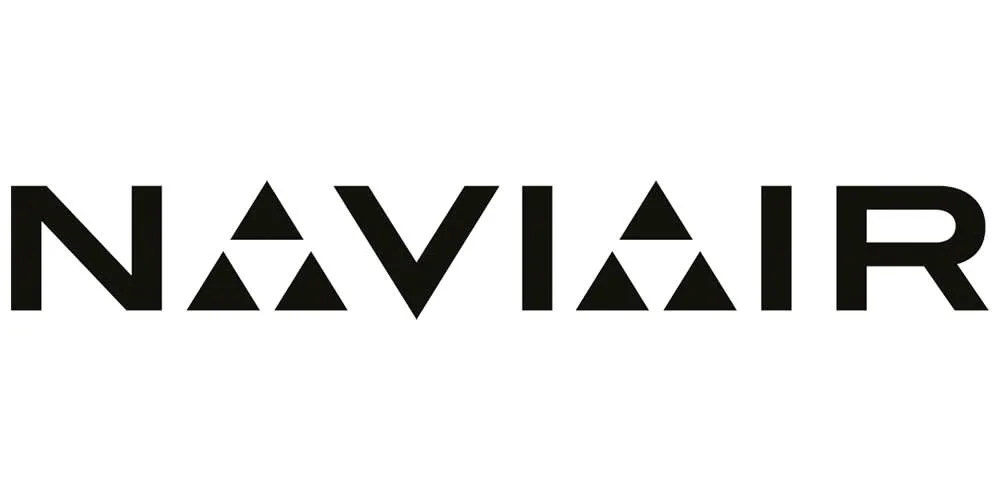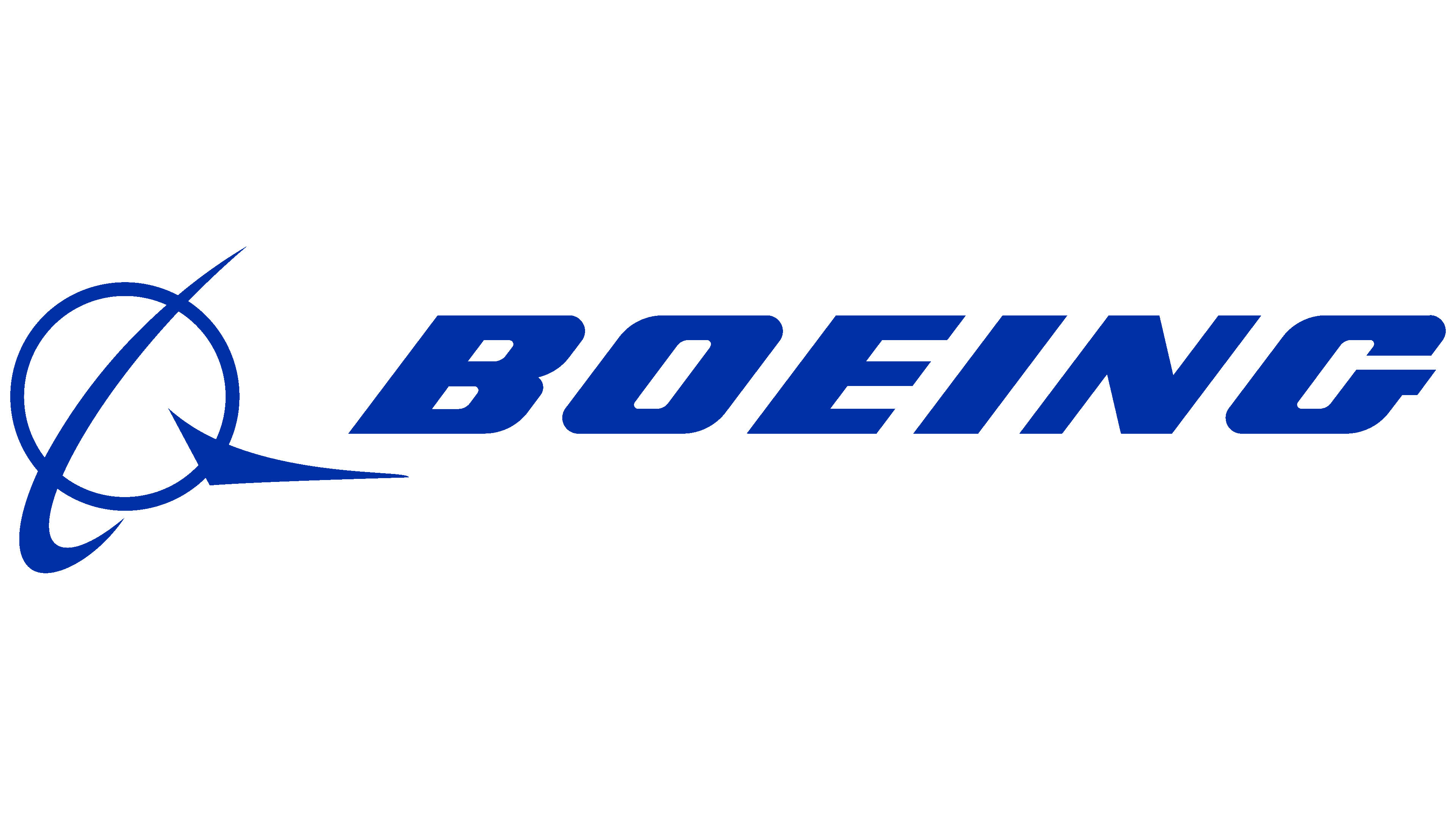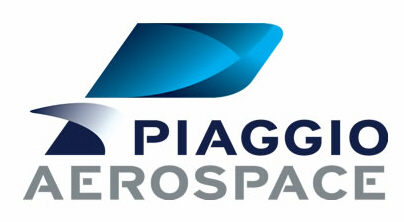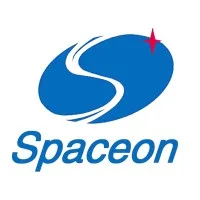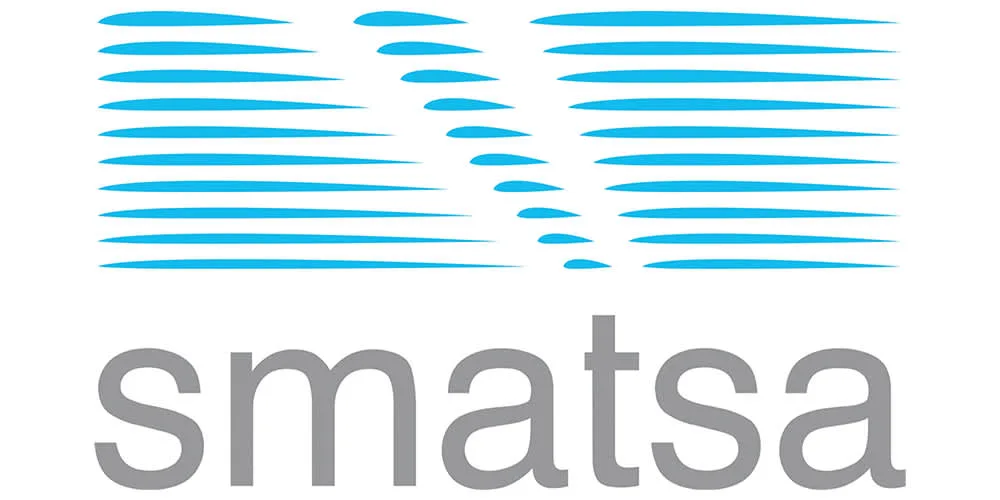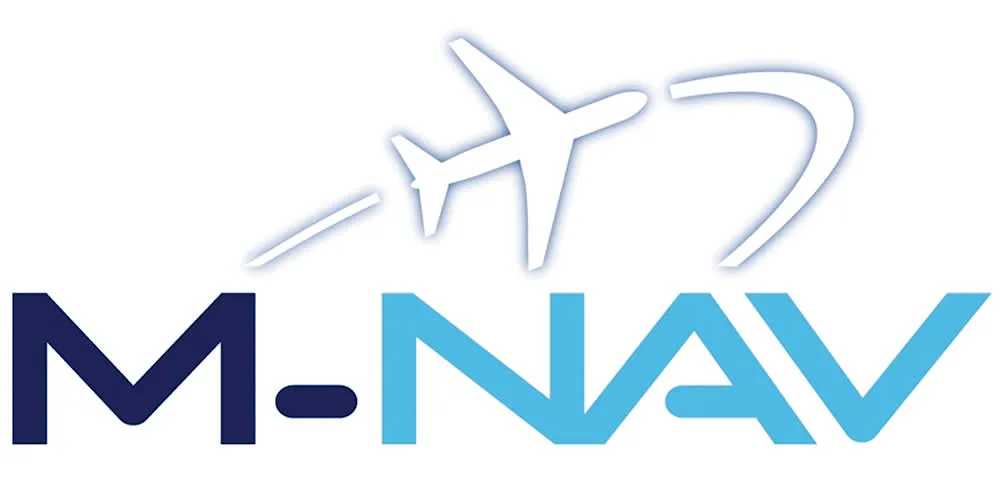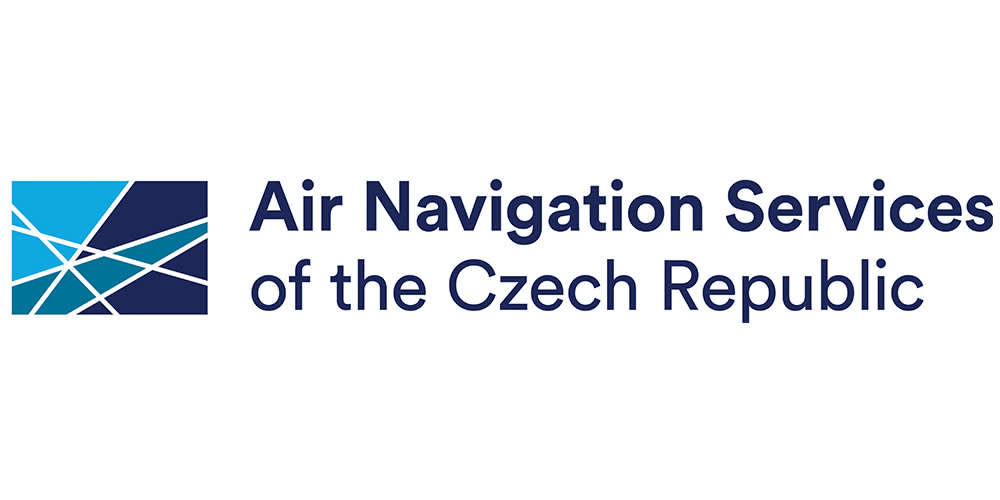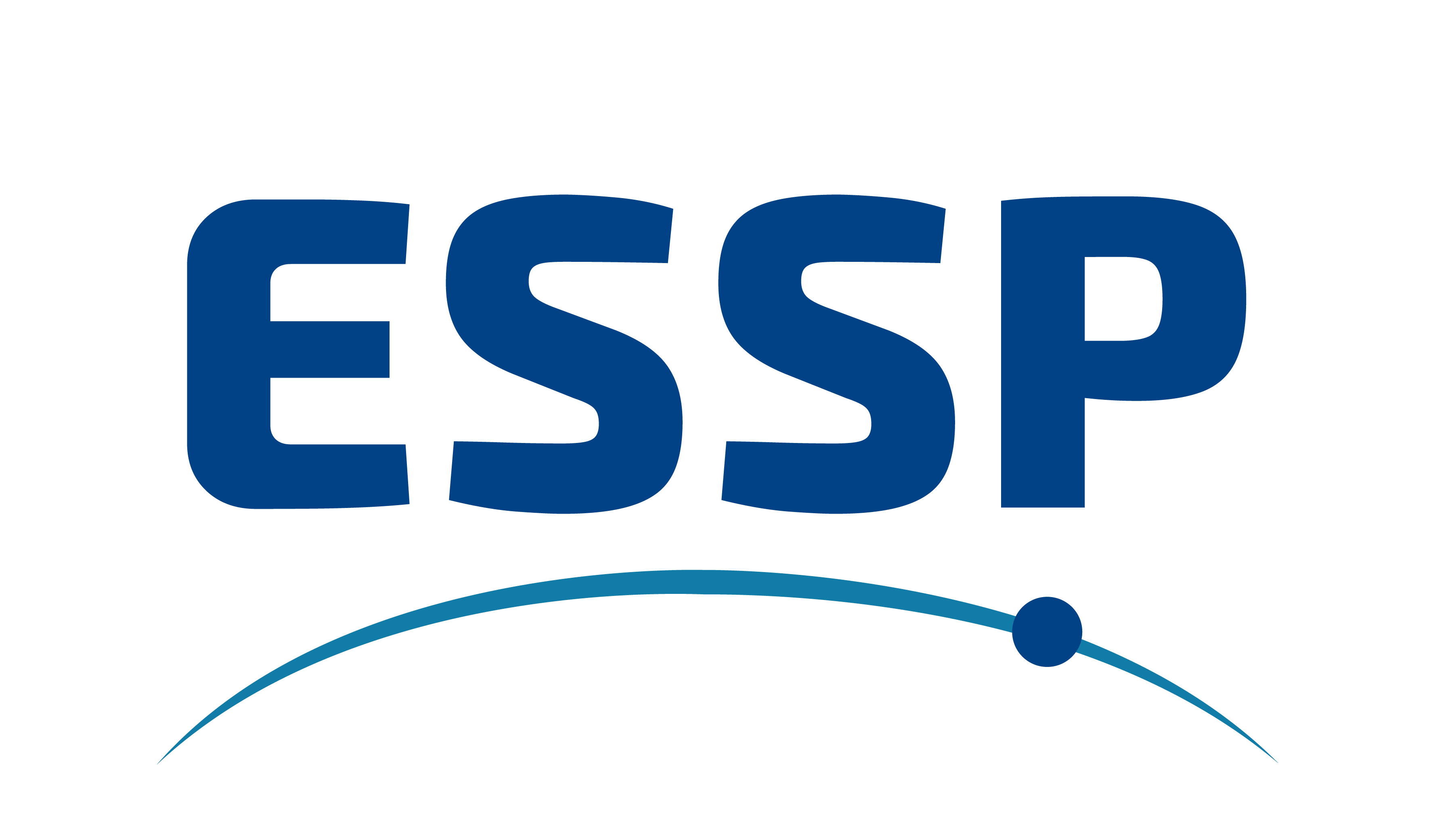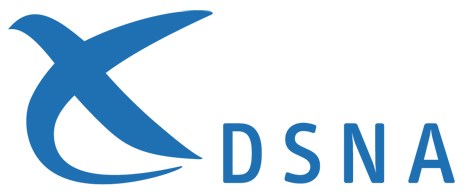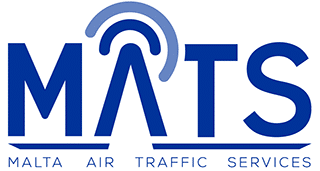The skies above the UK are witnessing a concerning trend – a resurgence in airline emissions that threatens to undermine the UK’s ambitious goals for carbon neutrality. Recent analysis reveals that CO2 pollution from aviation is on a trajectory to surpass pre-pandemic levels, posing a significant challenge to the government’s Jet Zero strategy aimed at achieving net-zero emissions from aviation by 2050. With the implementation of ATS-B2 by 2027, could the use of Trajectory Based Operations (TBO) be a solution to tackling rising aviation emissions?

The Alarming Rise in Airline Emissions
According to analysis from campaign group Transport & Environment (T&E), airlines have seen a surge in CO2 emissions, with some even exceeding their 2019 figures. Despite advancements in aircraft technology and efficiencies, the sheer growth in air traffic has led to an inexorable rise in overall pollution levels. Last year alone, UK airports saw nearly 940,000 flights depart, emitting a staggering 32 million tonnes of CO2. The data suggests aviation emissions could again reach a record high by the end of 2024.

The Need for Sustainable Solutions
Now more than ever there’s an urgent need for sustainable solutions to mitigate the environmental impact of aviation. While policies like the emissions trading scheme (ETS) have been implemented, their limitations, particularly concerning long-haul flights, highlight the necessity for more comprehensive measures.

ATS-B2: Transforming Aviation for a cleaner Future.
Advanced Trajectory-Based Operations (ATS-B2) will help to elevate this issue. These solutions like Controller Pilot Data Link Communications (CPDLC) and Automatic Dependent Surveillance – Contract (ADS-C) aim to revolutionize air traffic management. By enabling more efficient route planning and minimizing fuel consumption, ATS-B2 will play a pivotal role in reducing the environmental footprint of aviation.
The European Commission has mandated that ANSPs must support ATS-B2 applications by 31st December 2027 (European Commission Implementing Regulation no. 2021/116, Common Project 1 – CP1 Mandate). Designed for the modernization of the European ATM industry, its aim is to accelerate the digitalization of the European ATM towards cleaner aviation.

TBO and the use of Extended Projected Profiles (EPP)
Central to this transformation is the implementation of Extended Projected profiles (EPP). TBO is enabled by the provision of Extended Projected Profiles. Data Link is used to provide EPPs. It displays a real-time view of all aircraft highlighting their projected trajectories. It allows ground systems to receive the aircraft FMS trajectory, including 4D data (consisting of the three spatial dimensions plus time as a fourth dimension) at each waypoint of the flight plan. It offers users a myriad of benefits, including reduced human error, decreased controller workload, and enhanced safety. By providing real-time trajectory information and enabling continuous descent operations, EPP optimizes airspace utilization and minimizes environmental impact.
The Benefits are clear.
- Optimized flight paths- Lat-Long updates allows the aircraft to take a shorter route resulting in less time spent flying in the airspace..
- Cleaner Skies – Optimized airspace utilization means reduced flight times resulting in a reduction in CO2 emissions.
- Savings – Optimized journeys result in increased savings due to a reduction in consumed fuel.
- Better Awareness – ATCO’s have a better understanding of the airplane’s horizontal path, they can plan more efficient routes with real-time EPP that go beyond the previous flight plans.
Where do we go next?
As we navigate the challenges posed by rising airline emissions, it’s imperative that we embrace innovative solutions like ATS-B2. By leveraging technology and collaboration, Airtel can help steer the aviation industry towards a greener and more sustainable future.



